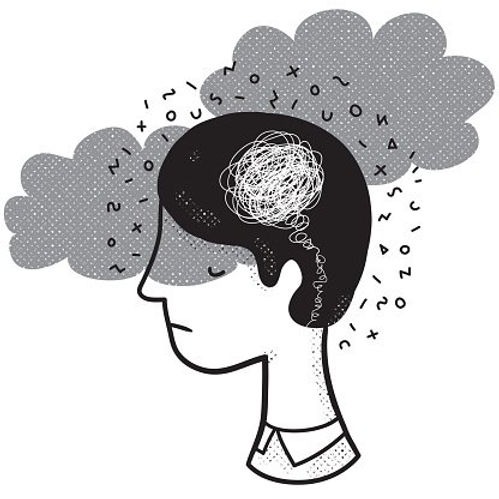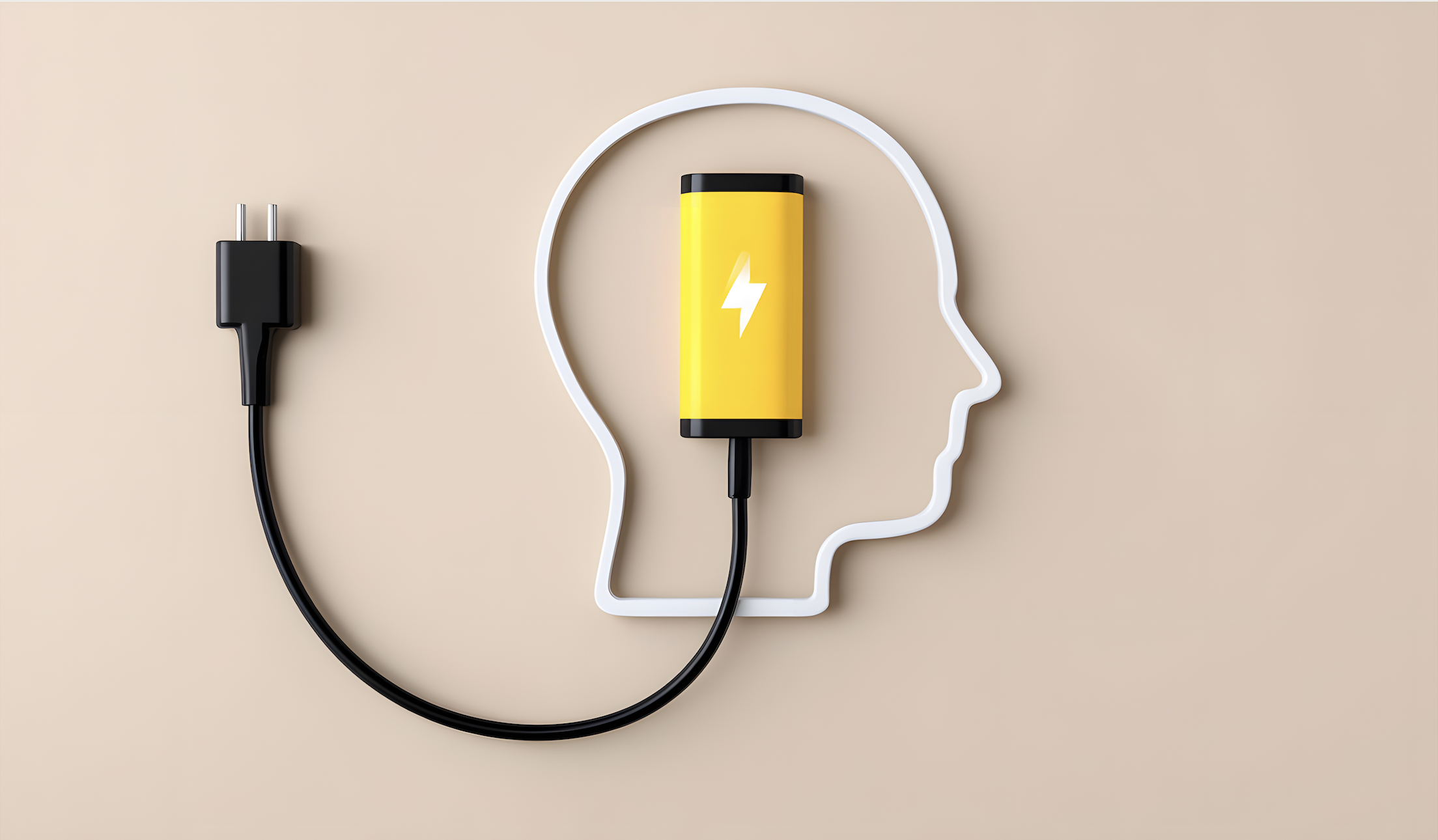Adolescence is an important time for developmental and social growth, marked by increasing independence, exploration, and risk-taking. During this time, numerous interconnected factors influence the brain’s structure and function, which can have long-lasting effects on physical and mental health.1 Because the brain does not fully mature until around age 25, experiences and behaviors during adolescence significantly impact overall brain development and health.

During adolescence, teens undergo significant physical, mental, and emotional changes. As they navigate these transitions, some may seek external sources of comfort or stability through substances such as alcohol, marijuana, opioids, or amphetamines. These substances can activate the brain’s reward system, increasing the risk of addiction.² The teenage brain is highly adaptable, allowing young people to learn and develop new skills more easily than adults. However, this heightened neuroplasticity, combined with certain risk factors, can also make teens more susceptible to experimenting with mind-altering substances and more vulnerable to their harmful effects.²
Common risk factors include:
- Trauma-related factors (physical, sexual, and/or emotional abuse; neglect)
- Social factors (peer pressure, bullying, gang affiliation/involvement)
- Individual risk factors (mental health conditions such as ADHD, depression, stress, and/or PTSD)

Scientific research explains how drugs and alcohol directly impact the brain. The brain relies on a network of neurons to send, receive, and process information. Substance use disrupts this communication, interfering with how brain cells function and altering signals between them.5 These changes can distort emotions, perceptions, thought processes, and behaviors.5 Over time, substance use may result in neurological conditions like headaches, strokes, seizures, and cognitive disorders.5 Research from the National Institutes of Health indicates that long-term marijuana use lowers brain performance, especially when use begins at an earlier age.4 Additionally, opiates and alcohol can reduce the size of the hippocampus, a brain area critical for memory and learning.4
The long-term consequences of adolescent drug and alcohol use can be severe. These may include poor academic performance, difficulty forming relationships, low self-esteem, neurocognitive impairments such as memory loss or trouble with social interactions, and an increased risk of developing a substance use disorder.4 Most significantly, addiction can lead to chronic health issues, including lung or heart disease, stroke, cancer, and various mental health conditions.6
Developing healthy coping skills is essential to managing stress and emotional challenges. Coping skills are techniques individuals use to handle difficult situations.⁷ There are five different types of coping skills, which are problem-focused, emotion-focused, religious-focused, meaning-making, and social support. Among these, problem- and emotion-focused coping are the most commonly used.⁷ Problem-focused coping involves directly addressing the situation, while emotion-focused coping aims to manage emotional responses.⁷ While substances may provide temporary relief, they do not solve the underlying issues and can increase the risk of addiction, along with health, legal, financial, and social consequences.⁷ Rather than turning to substances, teens can adopt healthy alternatives such as:

- Talking with a trusted adult and/or counselor
- Setting and maintaining personal boundaries
- Practicing deep breathing or meditation
- Engaging in regular exercise
- Creating to-do lists to manage their responsibilities
- Journaling
- Listening to music
- Taking a relaxing bath
- Spending time with supportive friends and family.
Understanding the unique vulnerabilities of the adolescent brain is essential when addressing the risks associated with substance use during this critical stage of development. With the brain still maturing into the mid-twenties, early exposure to drugs and alcohol can have lasting effects on cognitive function, emotional regulation, and overall well-being. Beyond the biological risks, environmental and social factors also influence a teen’s likelihood of engaging in substance use. However, with the right tools and support, young people can learn to manage stress and emotional challenges in healthier, more constructive ways. Promoting awareness, resilience, and effective coping strategies is key to preventing substance use and empowering adolescents to build strong foundations for lifelong mental and physical health.
Resources:
- NIDA. 2024, June 27. The Adolescent Brain and Substance Use. https://nida.nih.gov/research-topics/adolescent-brain-substance-use.
- NIDA. 2020, July 6. Drugs and the Brain. Retrieved from https://nida.nih.gov/publications/drugs-brains-behavior-science-addiction/drugs-brain.
- Whitesell, M., Bachand, A., Peel, J., & Brown, M. (2013). Familial, social, and individual factors contributing to risk for adolescent substance use. Journal of addiction, 2013(1), 579310.
- UAB Medicine. (2022). The effects of drugs on adolescent brains. UAB Medicine. https://www.uabmedicine.org/news/the-effects-of-drugs-on-adolescent-brains/.
- American Addiction Centers. (n.d.). How do drugs and alcohol affect the brain and central nervous system. American Addiction Centers. Retrieved August 1, 2025, from https://americanaddictioncenters.org/health-complications-addiction/central-nervous-system.
- National Institute on Drug Abuse. (2020). Addiction and health. In Drugs, brains, and behavior: The science of addiction. National Institute on Drug Abuse. https://nida.nih.gov/publications/drugs‑brains‑behavior‑science‑addiction/addiction‑health.
- Roberts, E. (2019). Healthy coping skills for uncomfortable emotions: Forty healthy coping skills. Verywell Mind. https://www.verywellmind.com/forty-healthy-coping-skills-4586742.




